Gigabyte X99-UD4P (LGA 2011-3) Motherboard Review
Rikki Wright / 10 years ago
BIOS and Overclocking
Gigabyte is known for the UEFI BIOS, starting off as a laggy, almost legacy style interface to a now fluid and easy to use GUI. With this motherboard, they offer their latest UEFI and legacy BIOS versions. I personally prefer the more advanced features of the legacy BIOS, I find it easier to use. The Gigabyte BIOS types have been covered extensively, so I will only briefly explain things here.
Upon entering the BIOS you are greeted by the Gigabyte Startup Guide screen. From here you can adjust some easy to fix features.
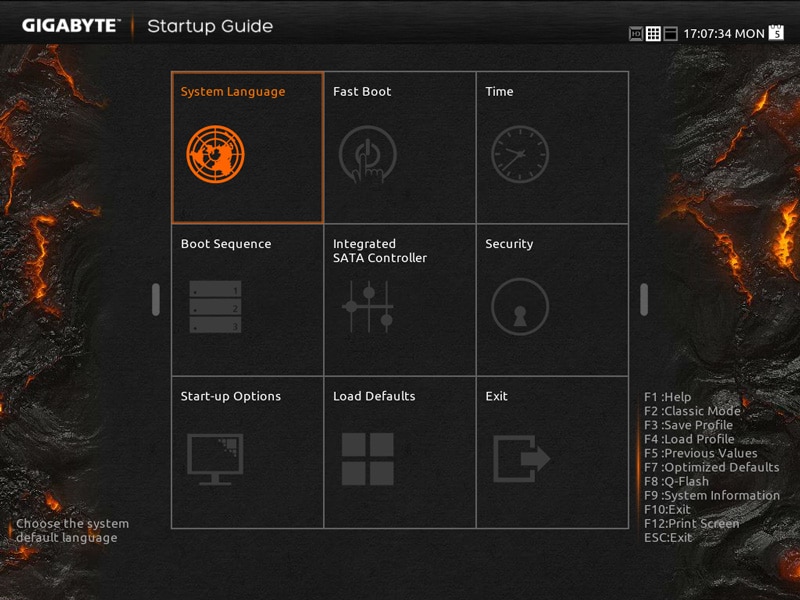
One of the features I liked was the easy to use, but still in-depth smart tweak; this allows you to overclock the CPU and memory and adjust voltages fairly easily.
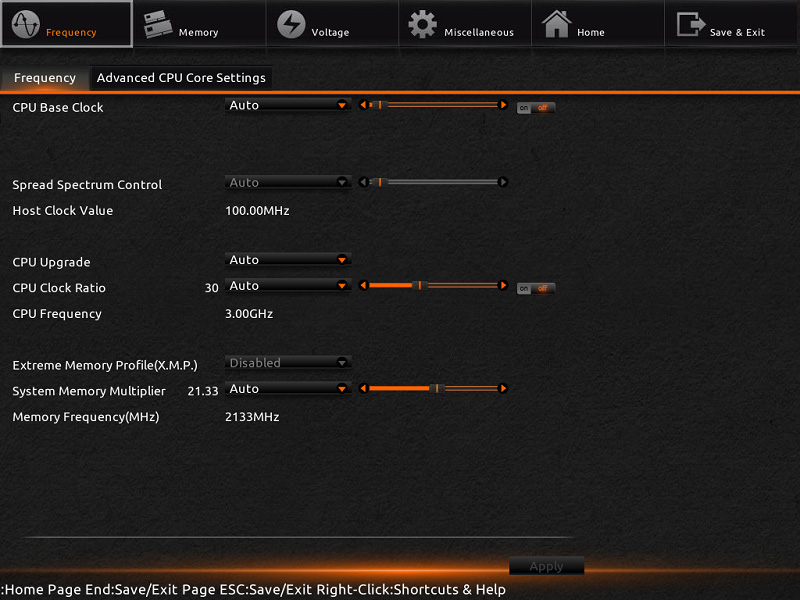
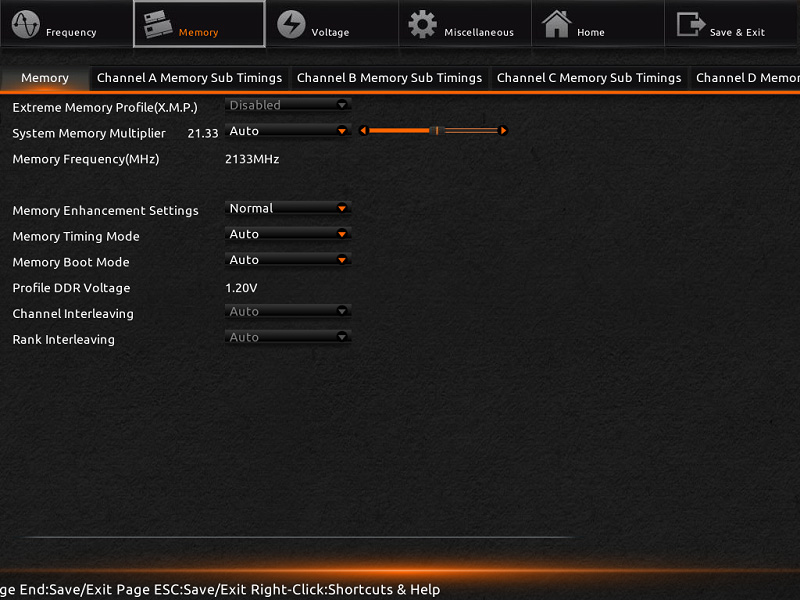
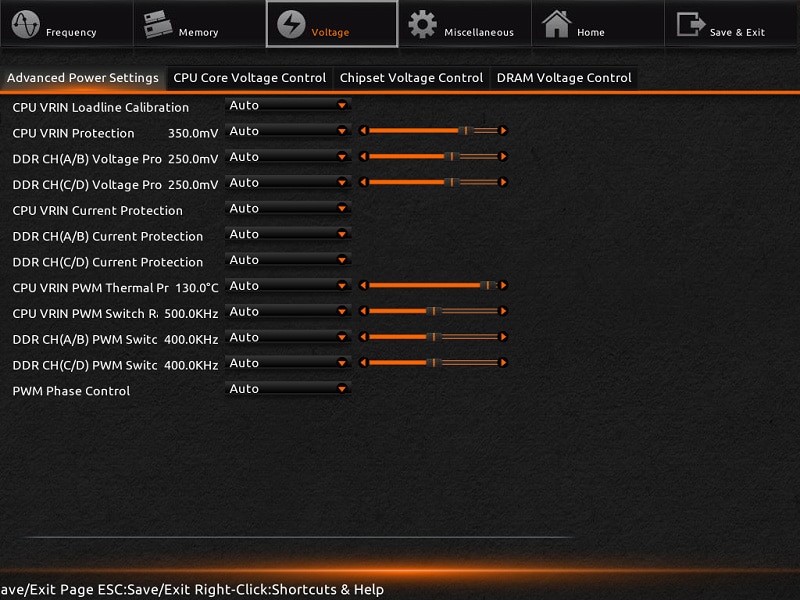
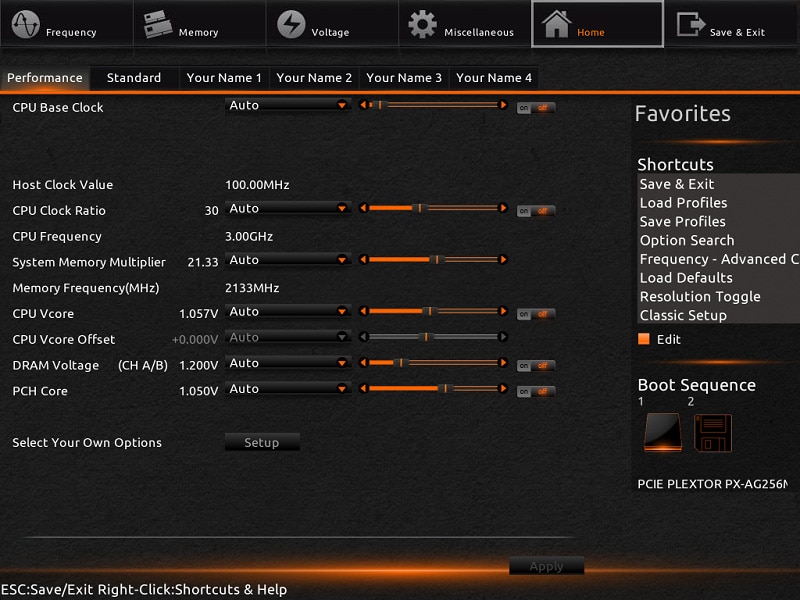
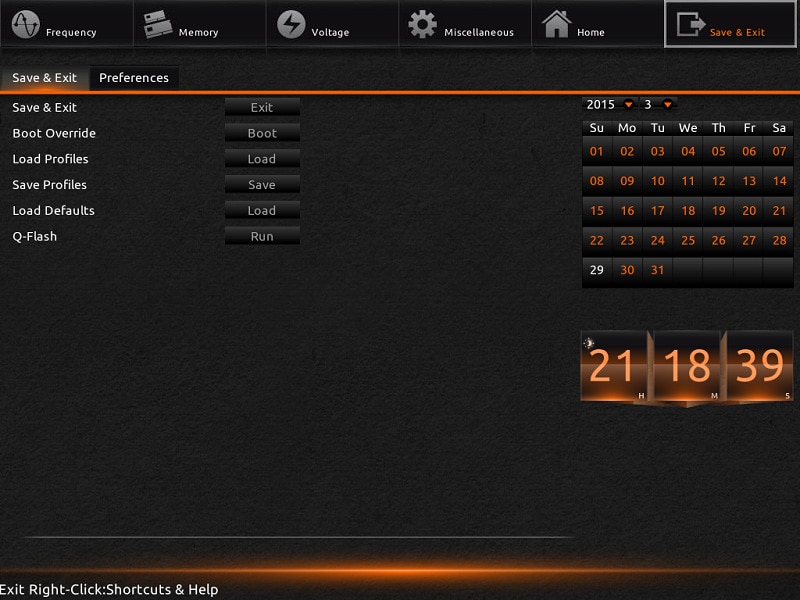
The other option to that is the updated legacy BIOS. This has every feature you could want in a BIOS, but I’ll stick to the main page as each legacy BIOS is 99% the same.
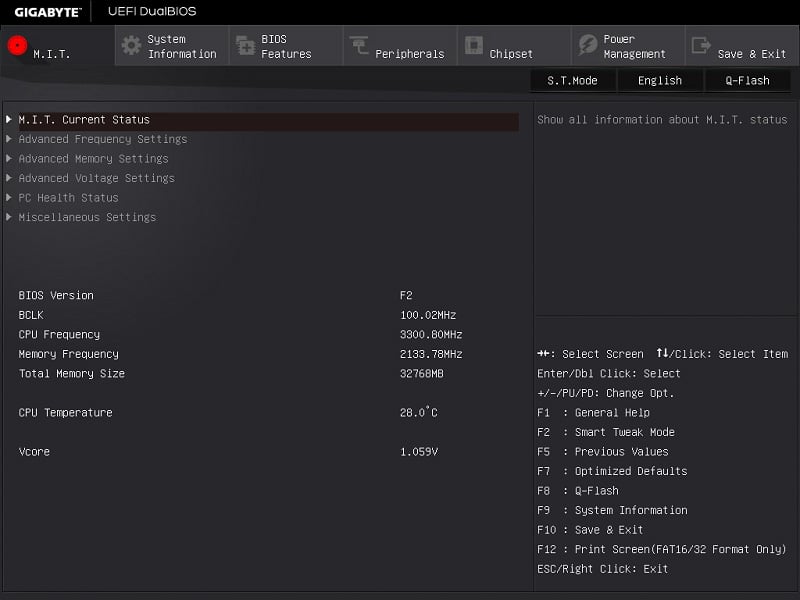
One of the features that caught my eye here is the ‘CPU upgrade’. I’ve never seen a feature like this, so being curious and clicking it, it opened a small list of compatible CPU’s and some conservative overclocks. I don’t see why the 5820K and 5930K are possible options here as the BIOS already knows I’m using a 5960X. You might get some bad experiences from novices clicking a CPU that isn’t theirs.
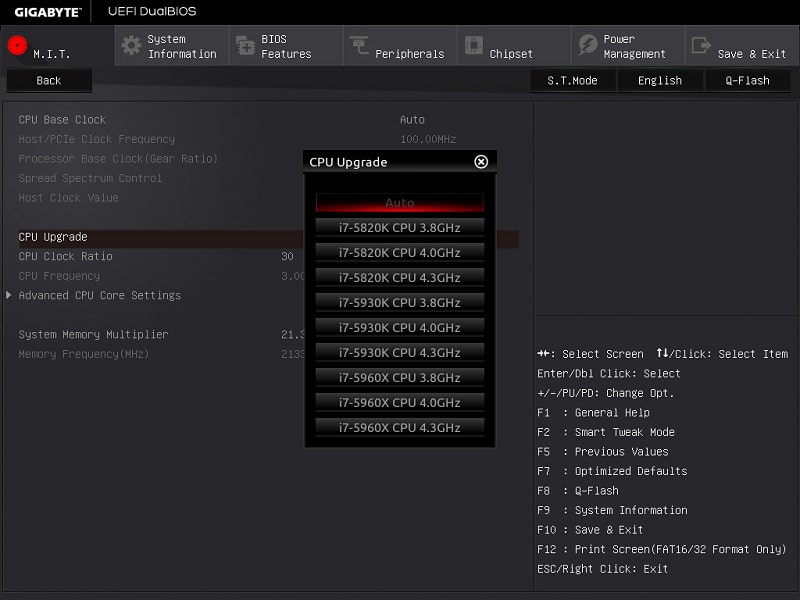
Overclocking
Now our i7-5960X can normally achieve an overclock of 4.4GHz on Gigabyte motherboards; however, this motherboard crashes without voltage increases. In the end, I stuck with a healthy 4.3GHz.




















